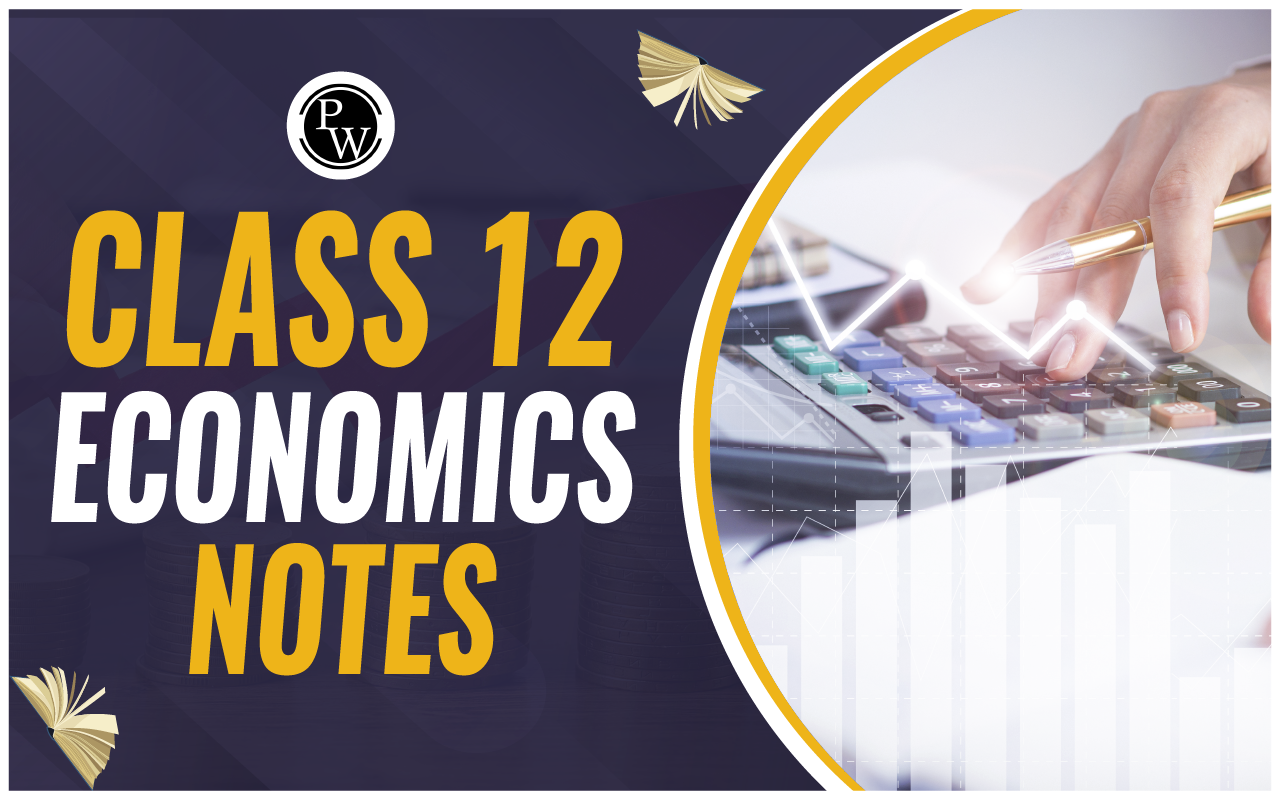
Circular flow of income in two sector economy is a fundamental concept in macroeconomics that illustrates how money moves between different sectors of the economy. It explains how economic activity is sustained through the interactions of households and firms, the two core sectors in this simplified model. Understanding this flow is essential for grasping how production, income, and expenditure are interconnected in any economy.
What Is Circular Flow of Income?
The circular flow of income refers to the continuous movement of money, goods, and services between economic entities. In its basic form, it shows how households provide factors of production such as labor and capital to firms, and in return, receive wages, rent, interest, and profits. These incomes are then used by households to purchase goods and services from firms, thereby creating a circular flow of resources.
Key Components of Two-Sector Circular Flow
To explain circular flow of income in two sector economy, it's important to understand its two main participants:
-
Households: They own all the factors of production and provide them to firms. They receive income in the form of wages, rent, interest, and profits.
-
Firms: These are the production units that utilize the factors of production to create goods and services. They pay households for their inputs and sell finished products to them.
There are two types of flows:
-
Real Flow: This involves the flow of goods and services from firms to households and the flow of factors of production from households to firms.
-
Money Flow: This is the reverse of the real flow, where firms pay for the factors and households pay for goods and services.
Assumptions of the Two-Sector Model
The circular flow of income in a two-sector economy is based on several key assumptions:
No Savings: Households spend all their income on consumption (no savings or investments).
No Government: There are no taxes or government expenditures.
Closed Economy: No foreign trade (imports or exports).
No Financial Sector: No banks or financial intermediaries.
These assumptions simplify the model, making it easier to understand the basic circular flow before introducing complexities like the three-sector model of circular flow of income or the circular flow of income in a four-sector economy.
Significance of the Circular Flow Model
Understanding the circular flow of income in a two-sector economy is crucial because:
Economic Stability: It shows how income and spending maintain economic equilibrium.
Basis for Advanced Models: It serves as the foundation for more complex models like the three-sector and four-sector circular flows.
Policy Making: Helps governments and economists analyze the impact of fiscal and monetary policies.
Savings and Leakages
In reality, households may choose not to spend all their income, leading to savings. When this happens, it creates a leakage in the circular flow of income in two sector economy, disrupting the equilibrium. If firms anticipate lower demand, they may reduce production, leading to lower income and employment levels.
Injection Through Investment
To counteract savings, investment is introduced as an injection. When firms invest in capital goods, they generate income for households, reestablishing the flow. However, this takes us toward the three sector model of circular flow of income, where financial institutions and the government are added.
Evolution Toward a More Complex Economy
The two-sector model sets the stage for understanding more elaborate systems like the three sector model of circular flow of income, which includes the government, and the circular flow of income in four sector economy, which incorporates foreign trade. Each addition brings more realism and complexity to the model.
Applications of the Model
Economists use the circular flow of income in two sector economy to:
- Analyze how changes in spending can affect production and income.
- Study the impact of leakages and injections.
- Formulate fiscal and monetary policies.
Limitations of the Two-Sector Model
Despite its usefulness, the two-sector model has some limitations:
- It ignores the role of government.
- It does not consider foreign trade.
- It assumes all income is spent, which is unrealistic.
These limitations are addressed in more advanced models like the three sector model of circular flow of income and the circular flow of income in four sector economy.
The circular flow of income in two sector economy offers a clear and foundational perspective on how income and expenditure sustain each other in an economy. By understanding this basic model, one can appreciate how more complex economic interactions work. Whether in academic study or practical policymaking, the principles of circular flow of income provide essential insights into economic operations.
Join PW Commerce Online Course and unlock your potential with quality education and dedicated learning support.
Circular Flow of Income FAQs
What is the circular flow of income?
How does the circular flow of income in two sector economy work?
What are the limitations of the two-sector model?
How does the model change in a three-sector economy?










